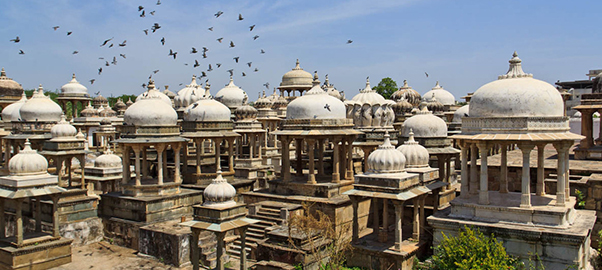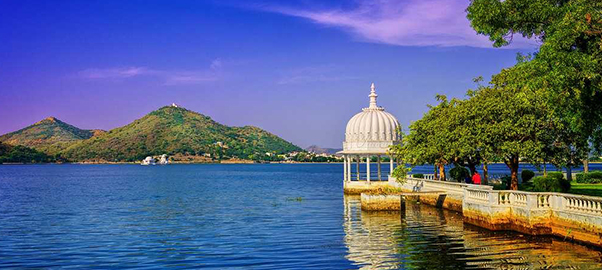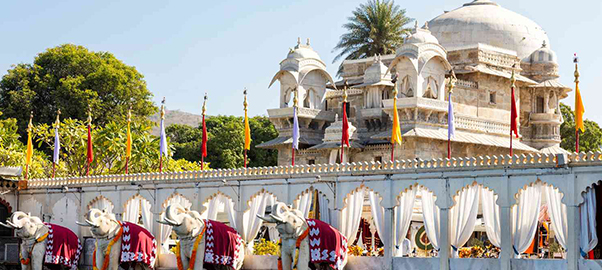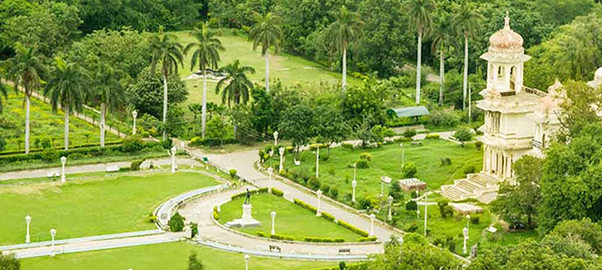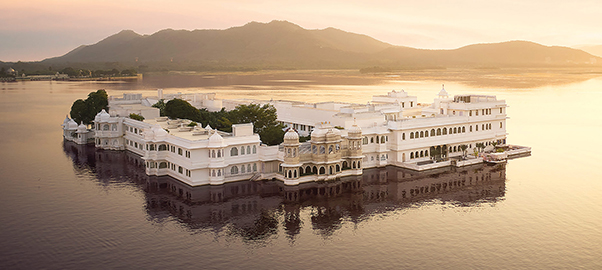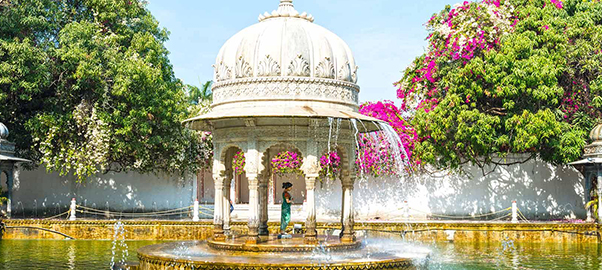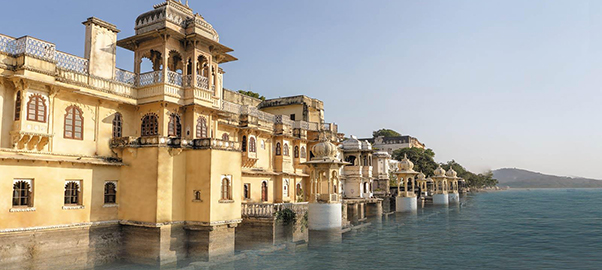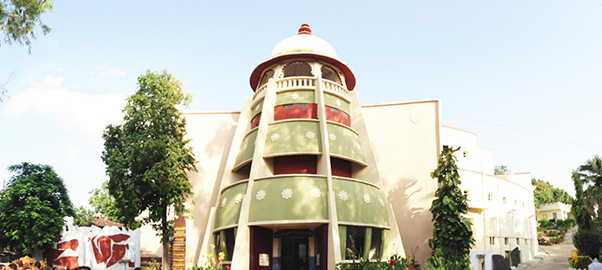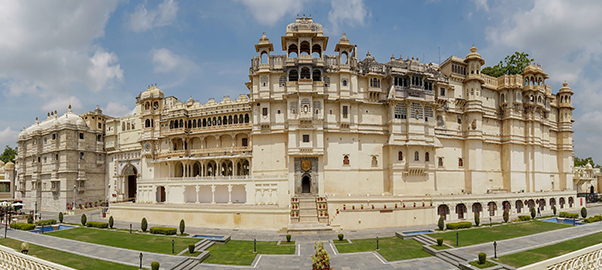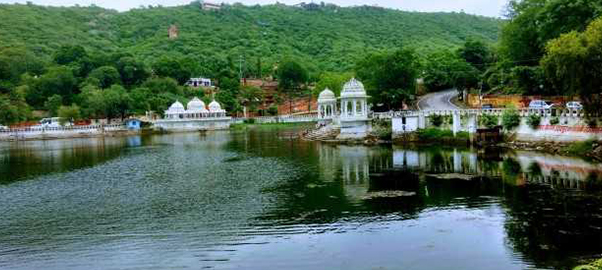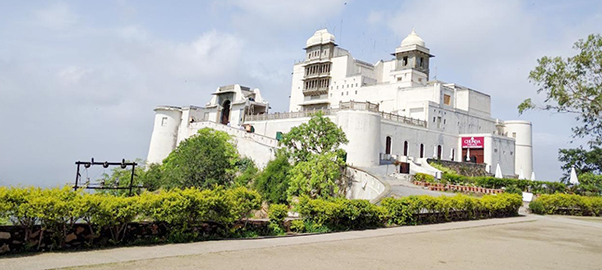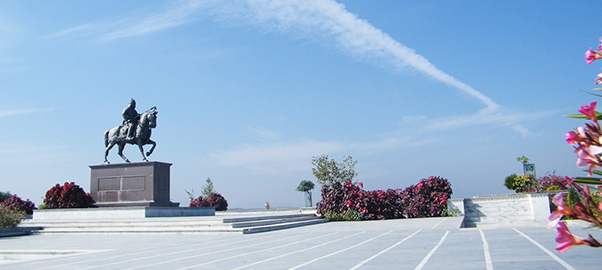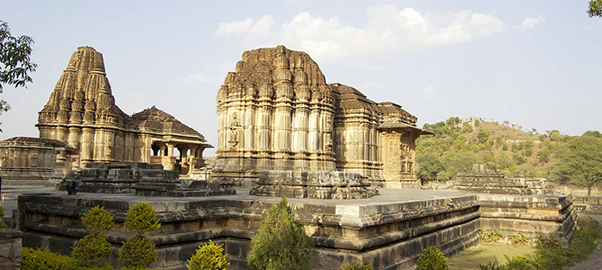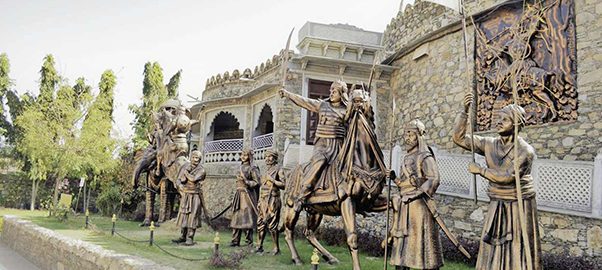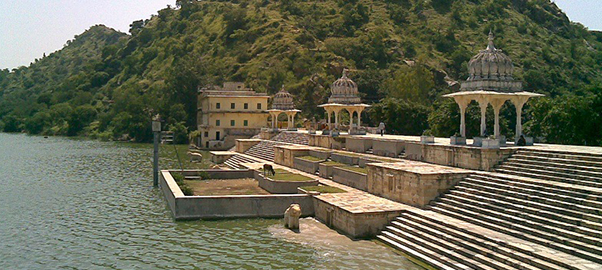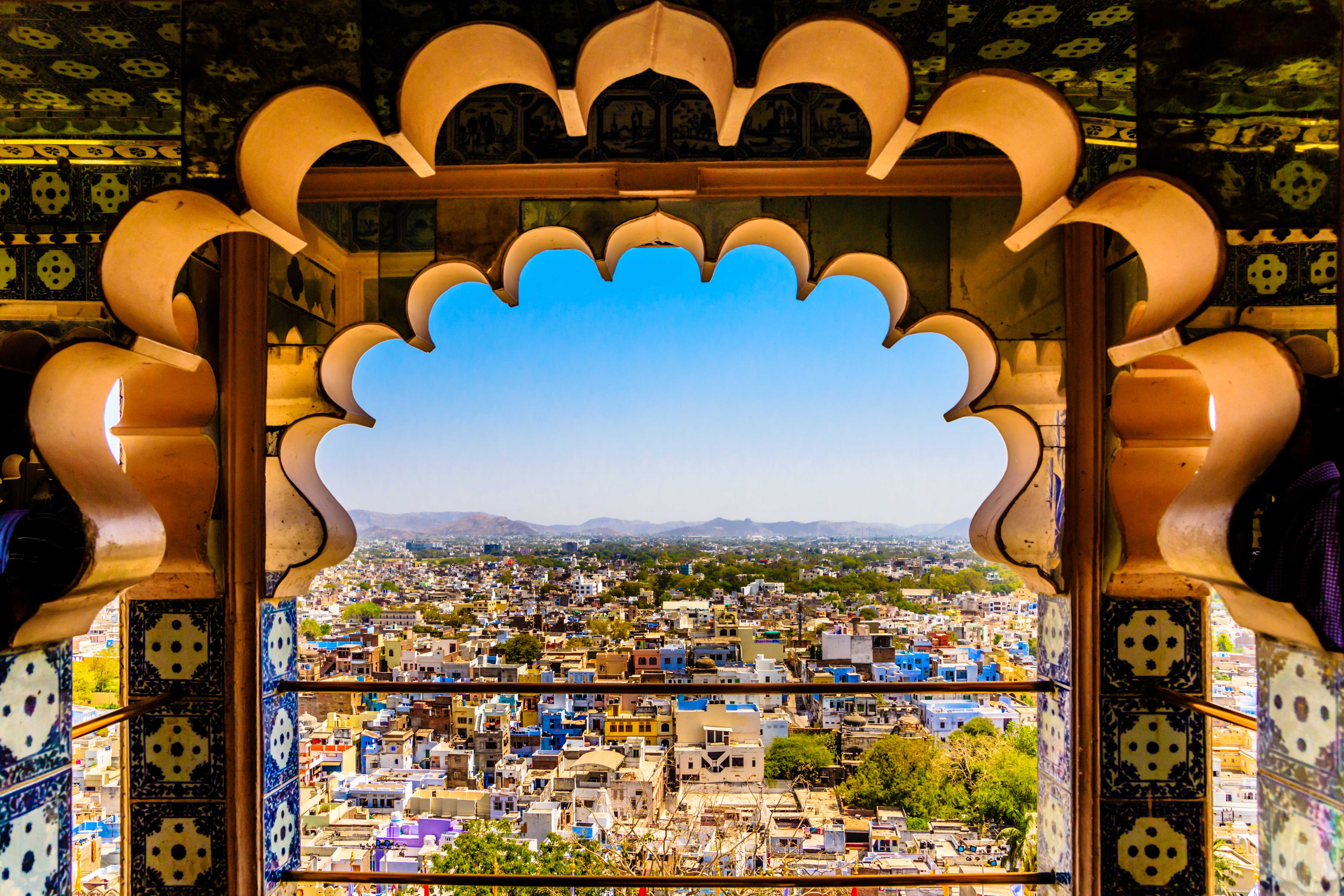A Word about the founder
Rana Udai Singh Struggle, Belief , A sense of timelessness. These were the factors that must have gone through the mind of Rana Udai Singh who founded udaipur in 1559 A.D.
Driven from his citadel , besieged by the armies of Emperor Akbar , Rana rose again. He chose the fertile vally between chittaurgarh and Kumbhalgarh to build a new city, Udaipur , the city of Lakes.
Today , udaipur nestles in a scenic valley , ringed by the Aravalis and is one where you can still see the glory of bygone era.
UDAIPUR :
Chittaur falls , Udai Singh dies in 1572 A.D to be succeeded by the Pratap Singh I who later ascended the throne of Mewar at Gogunda.
The Mughal Emperor Akbar , ho had already extended sovereignty over the whole of Rajputana, demanded an acknowledgement from the newly crowned Pratap Singh I. The Mughal Emperor even sent three missions to Maharana Pratap's court to establish his position as the supreme. Maharana Pratap Spurned the offer only to face Akbar's wrath. Throughout his reign between 1572- 97 A.D. Maharana Pratap was up in arms with the full might of the Mughal force.
In 1615 A.D. peace prevailed at last. A treaty was finally drawn up between pratao's son and successor, Rana Amar Singh. Rana met prince Khurram.
Udaipur remained the capital of Mewar, though accepting British supremacy in 1818 A.D. In 1947, the state merged with the republic of India.
From another place , another time , udaipur is today acity of Tranquil lakes , beautiful palaces and of sprawling gardens , it's mewar school originated and nurtured some of the world's most remarkable miniature paintings.
